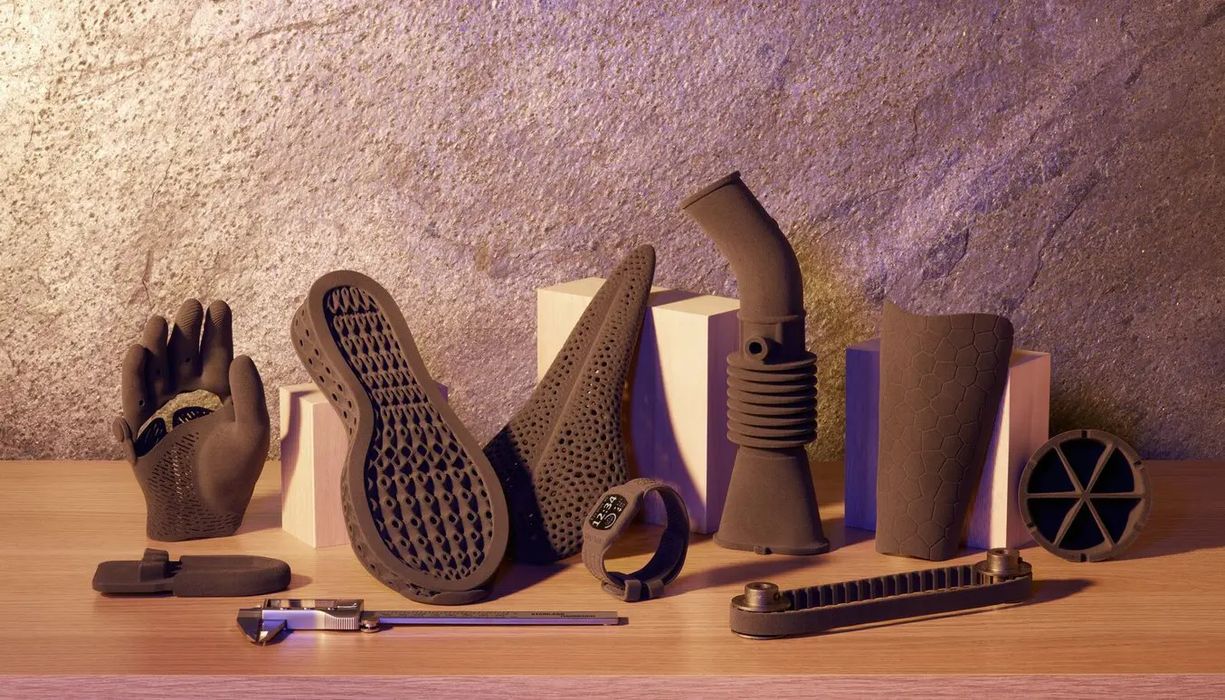
Several new AM materials were announced in past weeks.
We often receive notes from manufacturers that have developed new and unique materials, but most times the news value is relatively low and these do not warrant a story on their own. However, we thought we might bundle together several material announcements into one post, this one, for your review.
Recreus Fiberglass Reinforced Polypropylene Filament
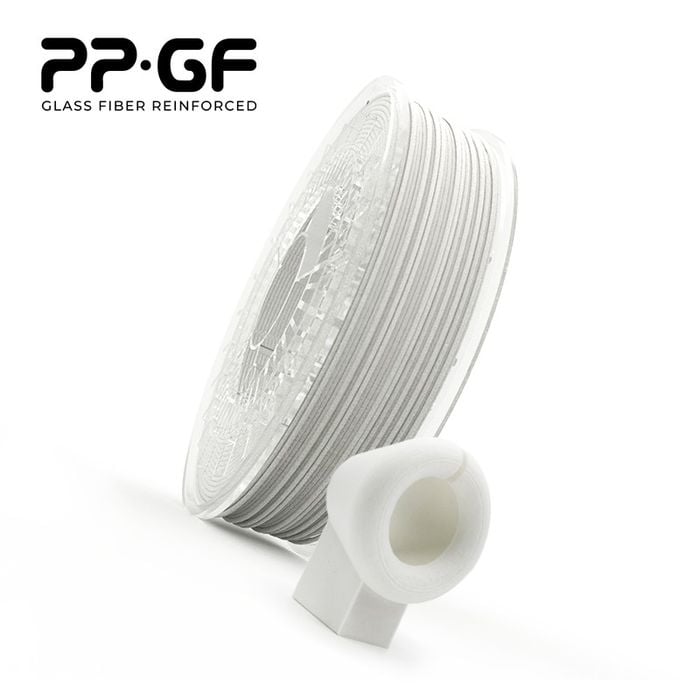
Recreus introduced an unusual new filament that is made of polypropylene that is reinforced with glass fibers, “PPGF”. They explain:
“The result is a filament that is easy to print, light, resistant to wear and tear as well as bending and tensile strength, with very good interlayer adhesion and low shrinkage deformation.”
Sinterit TPU
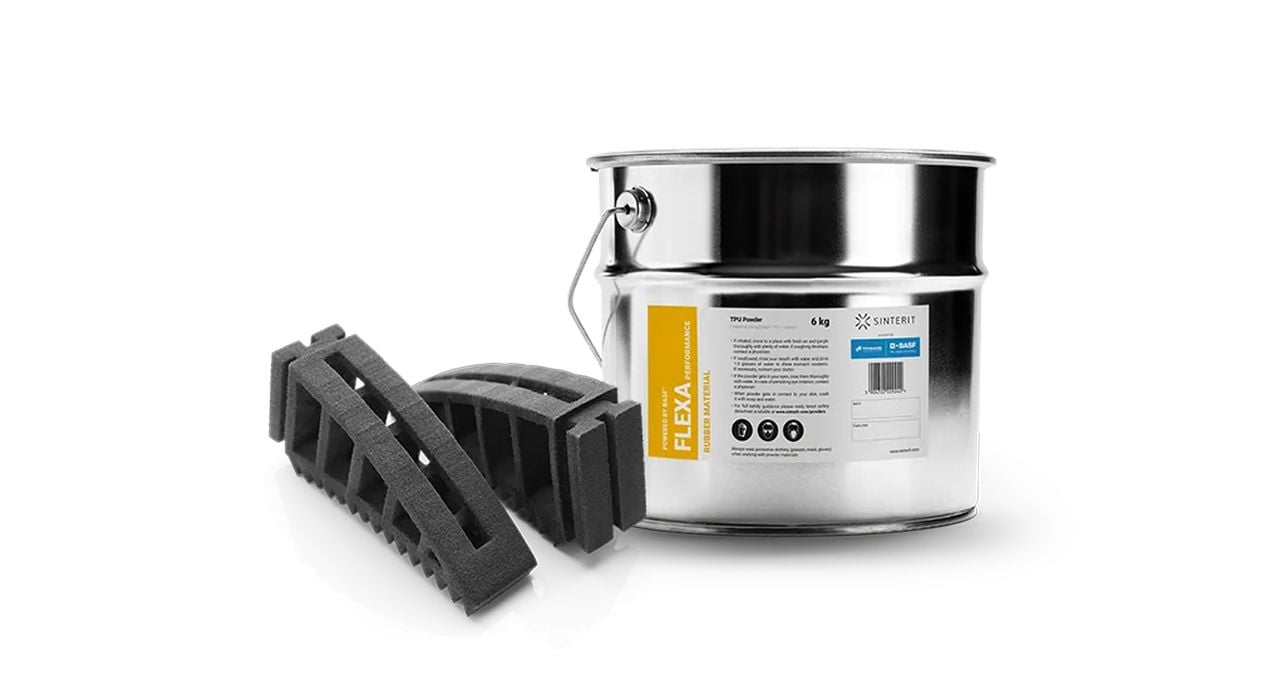
Sinterit introduced a new TPU powder for their SLS equipment: Flexa Performance. The material offers high strength and also flexibility. The company said it is ideal for producing gaskets, covers and vibration dampers.
Lithoz Dental Material
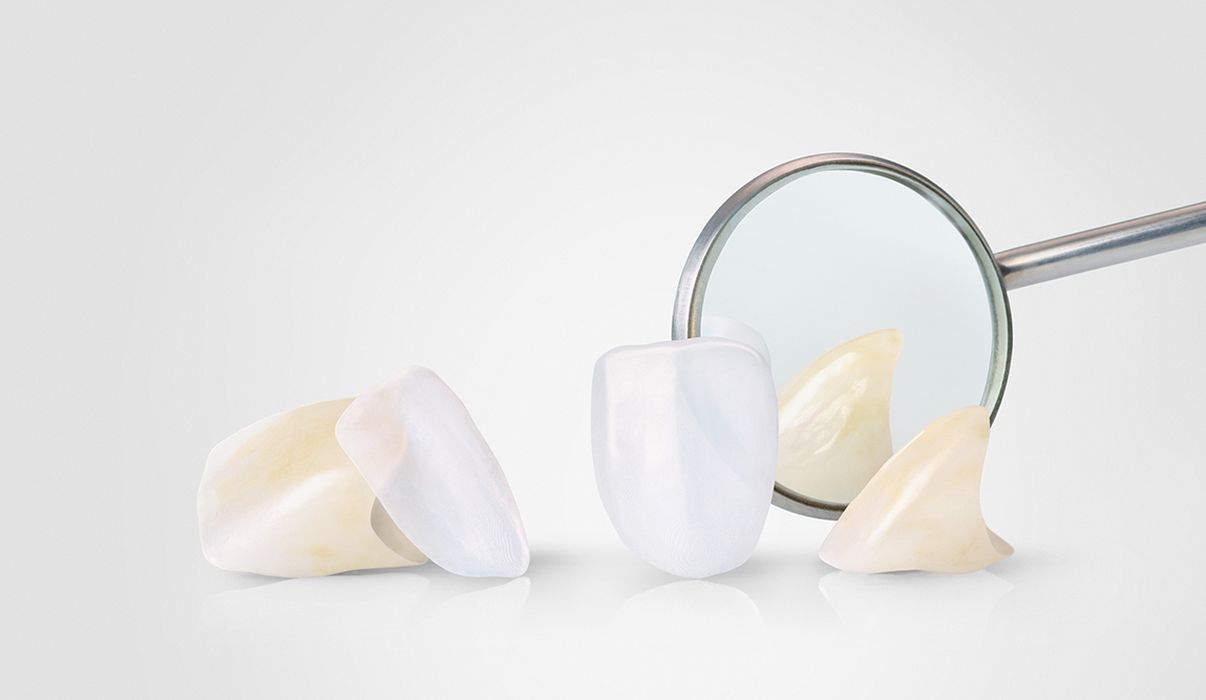
Ceramic 3D printer manufacturer Lithoz introduced a new material targeted at dental applications. The new IPS e.max lithium disilicate powder can be used for dental restorations. The material was jointly developed with Ivoclar. They say:
“With Lithoz LCM technology, highly complex and ultra-fine ceramic structures unattainable with conventional processes can be produced.”
Formlabs Introduces TPU 90A Powder
Formlabs is increasing the variety of materials that can be used on their SLS systems, the Fuse series. The new material is a flexible TPU, which they call “TPU 90A”. This is the first flexible material for the Fuse series. [See image at top for sample prints]
They explain potential applications:
- Skin-safe wearables
- Soles, splints, orthotics, and prosthetics
- Protective sport equipment
- Gaskets, seals, masks, belts, plugs, and tubes
- Padding, dampers, cushions, and grippers
Prusament PETG Tungsten 75%
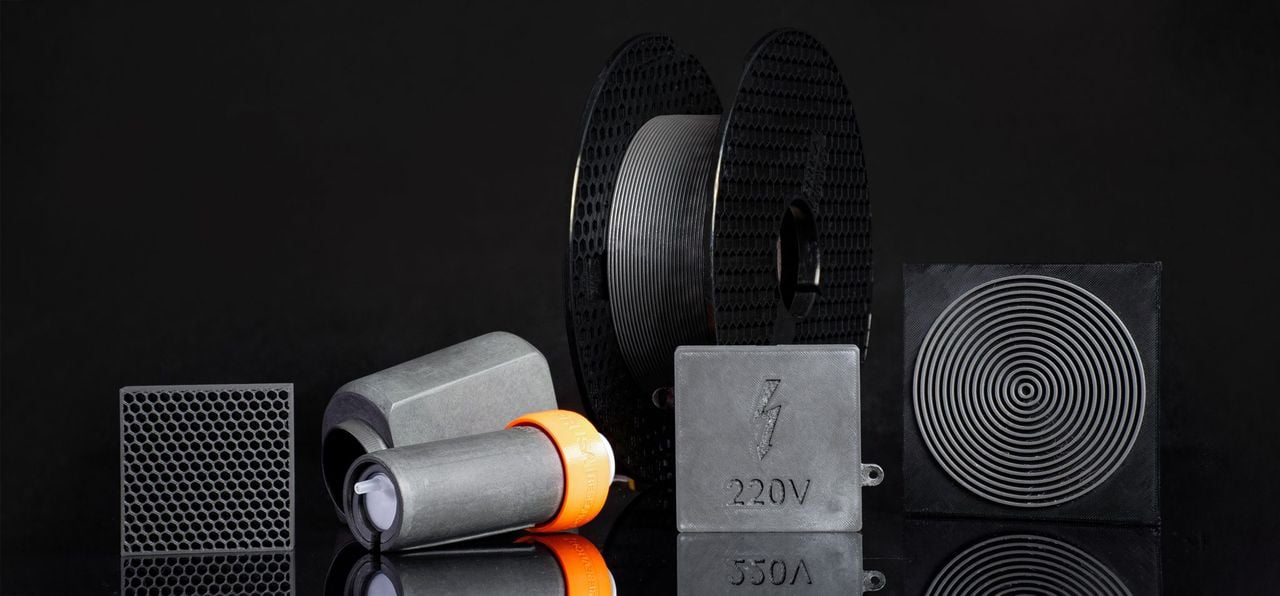
Prusa Research introduced an unusual new engineering material that is a blend of their PETG material with tungsten powder. The non-reactive, non-toxic material is ideal for biomedical applications and the metal content also enables printing of radiation-shielded parts.
